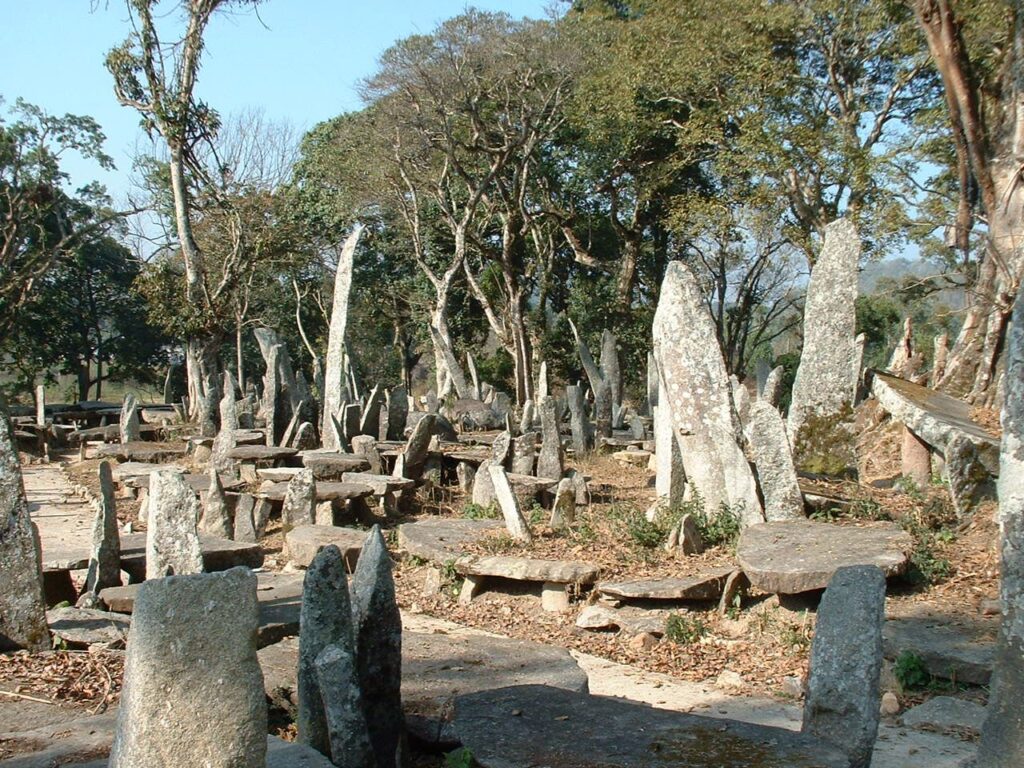

kuknalim
In the modern concept or usage “KUKNALIM” totally means ‘LONG LIVE THE LAND’. This is Naga nationalist mode of greeting each other and is used by all camps as epigraph in any official communication. But don’t also forget that “KUKNALIM” also means these — The word ‘LIM’ was first coined during the days of NNC with the formation of KUKNALIM derive from two dialects, “KUK” derived from tenyidie word “KUO” victory and “NA” as people and “LIM” from Ao Naga dialect “LIMAH” as land. Thus, “KUKNALIM” in its fullest terms, VICTORY TO OUR PEOPLE AND LAND. “The word Kuknalim stands for NAGALAND too. It’s an Ao derivative. Kuk-short for takok (previously takuk), meaning victory Na-short for naga, Lim-short for Lima, meaning land, which means Takuk naga lima asoshi, which interpreted in english means victory to Nagaland. ‘Kuo’ and ‘takuk’ which both means victory should not be confused with the origin”.
